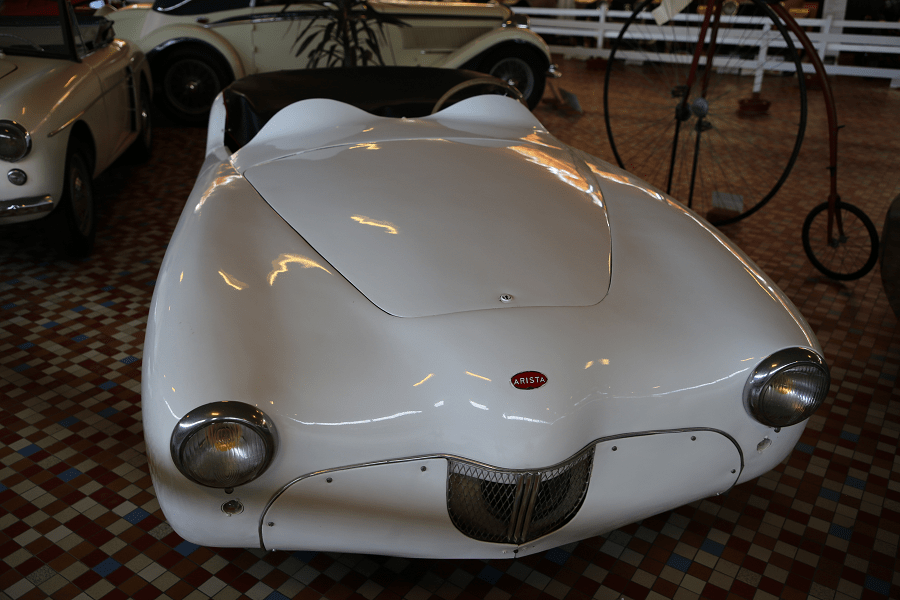Volkswagen Karmann Ghia
The Volkswagen Karmann Ghia are a family of three overlapping sporty Volkswagen model series, marketed in 2+2 coupe (1955–1975) and 2+2 convertible (1957–1975) body styles, though German production ended one year before that in Brazil. Internally designated the Type 14 (1955–1975), the Type 34 (1962–1969), and the Type 145 TC (1972–1975; Brazil), the Karmann Ghia cars combined the floorpans and mechanicals of the Type 1 or Type 3 models with styling by Italy’s Carrozzeria Ghia, and hand-built bodywork by German coachbuilding house Karmann.
The 1955 Type 14 Karmann Ghia was just the second Volkswagen passenger car ever produced, after the Beetle, and launched six years before the Type 3 notchbacks, fastbacks and Variants (squarebacks). They were faster and more expensive than the Beetle, but very cramped in the back, despite their wider, postwar and nearly slabsided body design. Two years later, in 1957, a convertible was added.
In 1961, the Karmann Ghia briefly lost its title of fastest Volkswagen, upon launch of the more powerful 1500cc Type 3 models, but later that year, Volkswagen, Ghia, and Karmann presented an all new Karmann Ghia – Type 34, using the Type 3’s floorpan and 1500cc powertrain. Made from 1962 to 1969, this had both new, more modern, angular and roomier bodywork; and a new, more luxurious interior, making it substantially more expensive than all other VW passenger cars. Additionally, the Type 34 was one of the world’s first cars with a power operated steel sunroof option. The Type 34 Karmann Ghia thus became VW’s range-topper again – costing up to twice the price of a Beetle – while the cheaper Type 14 remained in production. Only the latter offered a convertible.
Failure to offer the Type 34 in the United States – the Karmann Ghia’s most important market – combined with high pricing elsewhere likely contributed to limited sales, and after the type 14 also received the 1500cc engine in 1967, production of Type 34s was ended during 1969. Volkswagen of Brazil nevertheless looked for an alternative in its market segment, and so Carrozzeria Ghia was again commissioned, to design a third Karmann Ghia model, for the South American market, the Karmann Ghia TC (Touring Coupé), made in Brazil from 1972–1975. The result was a stylish, rakish fastback that offered good interior space for a 2+2 car.
For its final model year, the vestigial rear seat in the Type 14 was discontinued for North American models, as it lacked provisions for seat belts; all Karmann Ghias for 1974 were marketed strictly as two-seaters.
Long noted for its exterior styling, the Karmann Ghia was designed with input from numerous individuals at Carrozzeria Ghia and was strongly influenced by Virgil Exner’s work, though all of its designers passed without a definitive individual styling attribution.
Assembly: Osnabrück (West Germany)
Years of production: 1955—1969
Production: 445,238 units
Length: 4140 mm (162.99 in)
Width: 1634 mm (64.33 in)
Height: 1330 mm (52.36 in)
Engine: 4 cylinders; 1285 cc
Power: 39 HP
Max speed: 128 km/h
Fuel consumption: 7 l/100 km
Weight: 830 kg
__________
Rahmi M. Koç museum (Istanbul, Turkey)

















